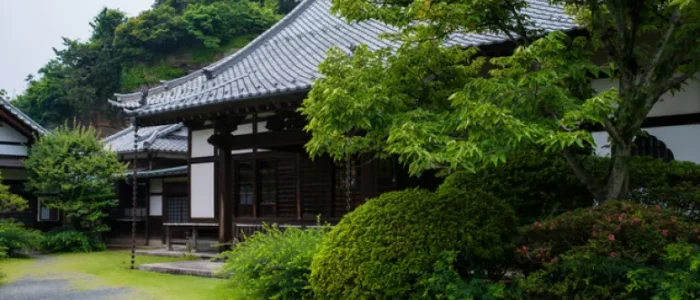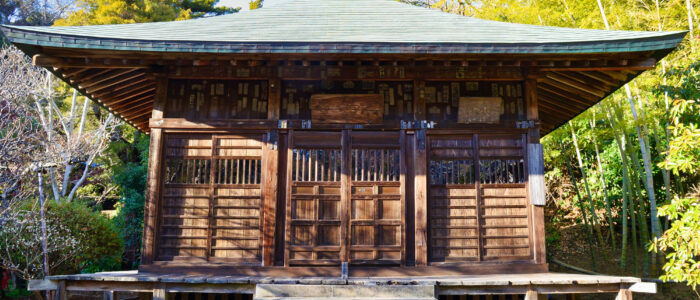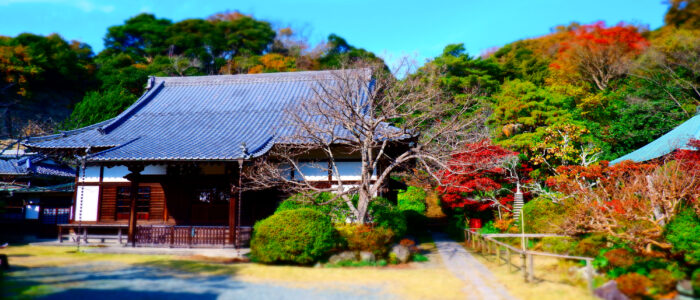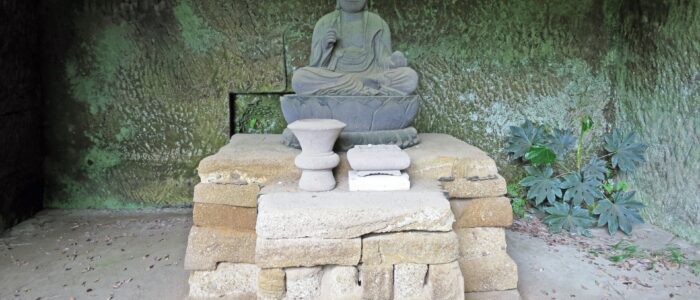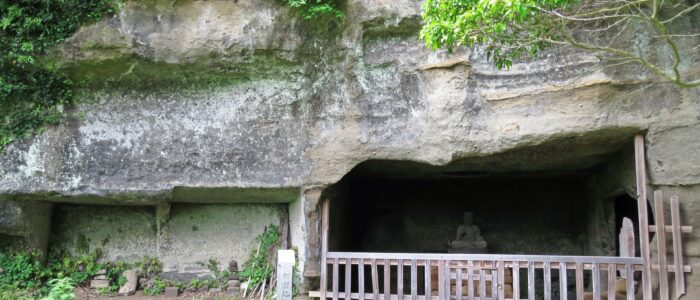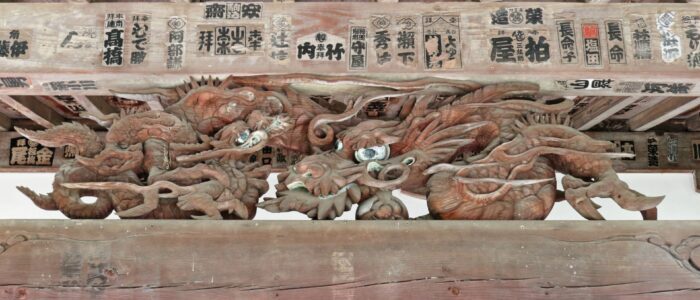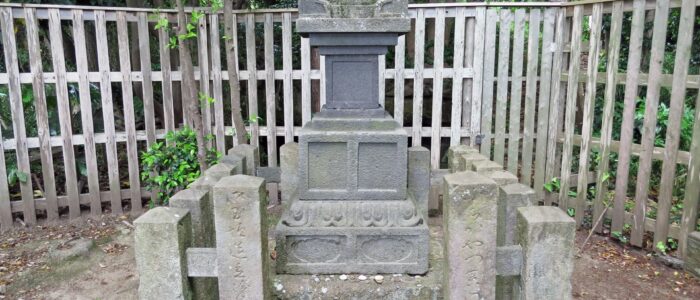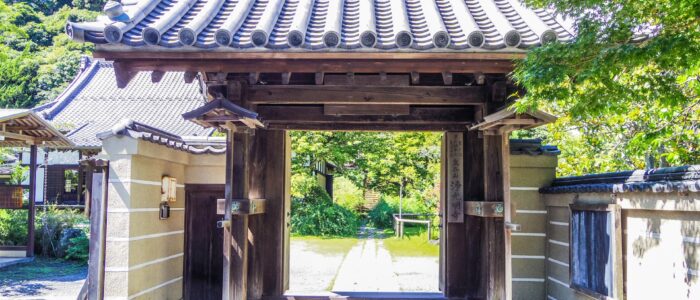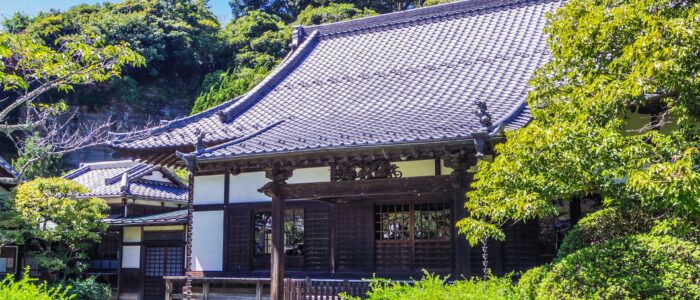Jokomyo-ji Temple (浄光明寺)
Discover the Jokomyo-ji Temple (浄光明寺)
Jokomyo-ji Temple was founded in the mid-13th century and is known for its deep historical significance. Its founding priest, Shin’a (真阿), established the temple with support from Hojo Nagatoki (北条長時), the 6th regent of the Kamakura shogunate. Records also suggest that Hojo Tokiyori (北条時頼), the 5th regent, was involved in its construction. Over time, it served as a memorial site for the Akahashi branch of the Hojo clan and later became a place of significance for the Kamakura kubo (鎌倉公方), the Ashikaga lords representing the Muromachi shogunate in eastern Japan.
The temple developed as a center of Buddhist learning from the beginning, welcoming a variety of teachings. Under its third head priest, Kōei (高恵), it became widely known as a place to study multiple sects of Buddhism.
When Is the Best Time to Visit?
The temple is especially serene in the morning, making early visits ideal. Recommended times include the ume blossom season in spring, linden tree blooms in early summer, and higanbana flowers in autumn. Guests staying at Tosh’s Place (トシズプレイス) can enjoy a calm morning walk through the temple grounds before breakfast.
Photo Highlights and Must-See Spots
Set against the natural slope of the hill, the grounds are peaceful and spacious. The Amida Triad statues from the late Kamakura period (13th century) are housed in a modern fireproof storage hall and feature the rare domon (土紋) decorative technique, earning them designation as Important Cultural Properties of Japan.
The storage hall also contains the guardian deity Yajū Jizō (矢拾地蔵), once worshipped by Ashikaga Tadayoshi (足利直義). Don’t miss the Kakuken-tō (覚賢塔), one of Kamakura’s largest stone gorinto-style stupas. In the rear hills, you’ll find numerous medieval yagura tombs, including the richly adorned Amihiki Jizō yagura, one of the largest of its kind.
Cultural Significance and Blessings
Closely tied to the Hojo and Ashikaga clans, this temple played an essential role during major shifts in Japanese medieval history. It’s said that Ashikaga Takauji (足利尊氏) once took refuge here in the 14th century, adding further depth to its historical aura.
Local Experiences and Seasonal Events
From spring through fall, visitors can enjoy colorful seasonal blooms throughout the grounds, earning the temple the nickname “Temple of Flowers.” The linden tree blossoms in early June are especially beautiful, filling the air with a calming fragrance. In late December, the temple bell ceremony welcomes the new year, and in spring, special guided tours are held as part of the “Ume Kamakura Temple Pilgrimage,” allowing access to normally closed areas.
Omikuji, Goshuin, and Unique Practices
Jokomyo-ji Temple is part of several pilgrimage routes, including Kamakura 33 Kannon (#25), Kamakura 24 Jizō (#16 and #17), and Kamakura 13 Buddha (#9). Pilgrims can receive various goshuin stamps at the temple’s main office, making it a favorite spot for stamp collectors and spiritual seekers alike.
Access and Hours
The temple is about a 15-minute walk from the west exit of JR Kamakura Station (鎌倉駅). Admission is free, and the general opening hours are from 9:00 AM to 4:00 or 4:30 PM. Key areas like the Amida Hall, storage building, and the grave of Reizei Tamesuke (冷泉為相) are usually open on Thursdays, Saturdays, Sundays, and holidays from 10:00 AM–12:00 PM and 1:00 PM–4:00 PM. Visitors should check the latest opening schedule before arrival.
Due to slopes and uneven paths, comfortable walking shoes are recommended. There is no parking lot, so public transport is best.
Nearby Spots Worth Visiting
Nearby attractions include Zeniarai Benzaiten Shrine (銭洗弁財天), Kamegayatsuzaka Pass (亀ヶ谷坂切通), Jufuku-ji Temple (寿福寺), and Eisho-ji Temple (英勝寺). The view from the temple’s rear hill offers stunning sights of Kamakura (鎌倉) and Yuigahama (由比ヶ浜). Especially notable is the scenic overlook near the grave of Reizei Tamesuke.
Who Should Visit?
- History lovers: Perfect for those interested in the Hojo and Ashikaga clans.
- Spiritual travelers: A quiet, nature-filled atmosphere brings peace of mind.
- Flower admirers: Enjoy seasonal blossoms, photography, and sketching.
- Flexible explorers: Those staying at Tosh’s Place (トシズプレイス) can make the most of early morning visits.
Wrap-Up: Jokomyo-ji Temple and a Local Way to Experience Kamakura
Jokomyo-ji Temple offers a deep blend of history, culture, and nature—one of Kamakura’s most spiritually resonant places. Its quiet grounds allow for slow, thoughtful exploration. With a stay at Tosh’s Place (トシズプレイス), you’ll have the time and flexibility to discover the temple at your own pace, making your experience even more meaningful.

